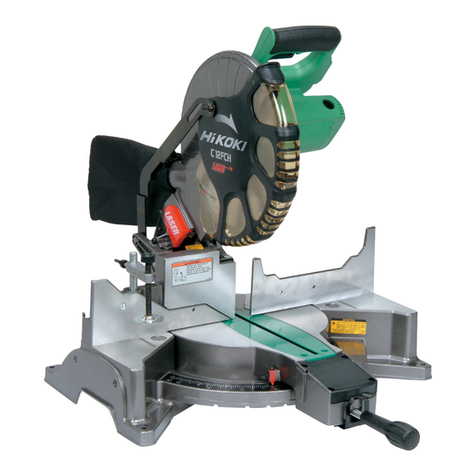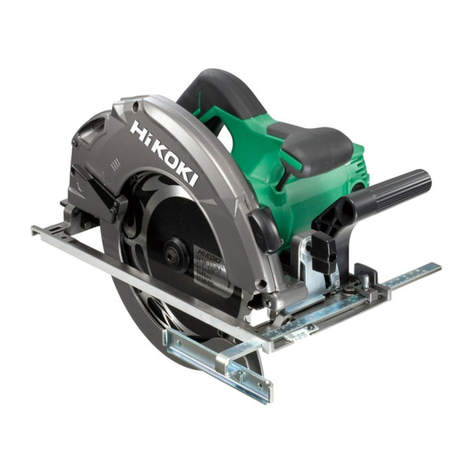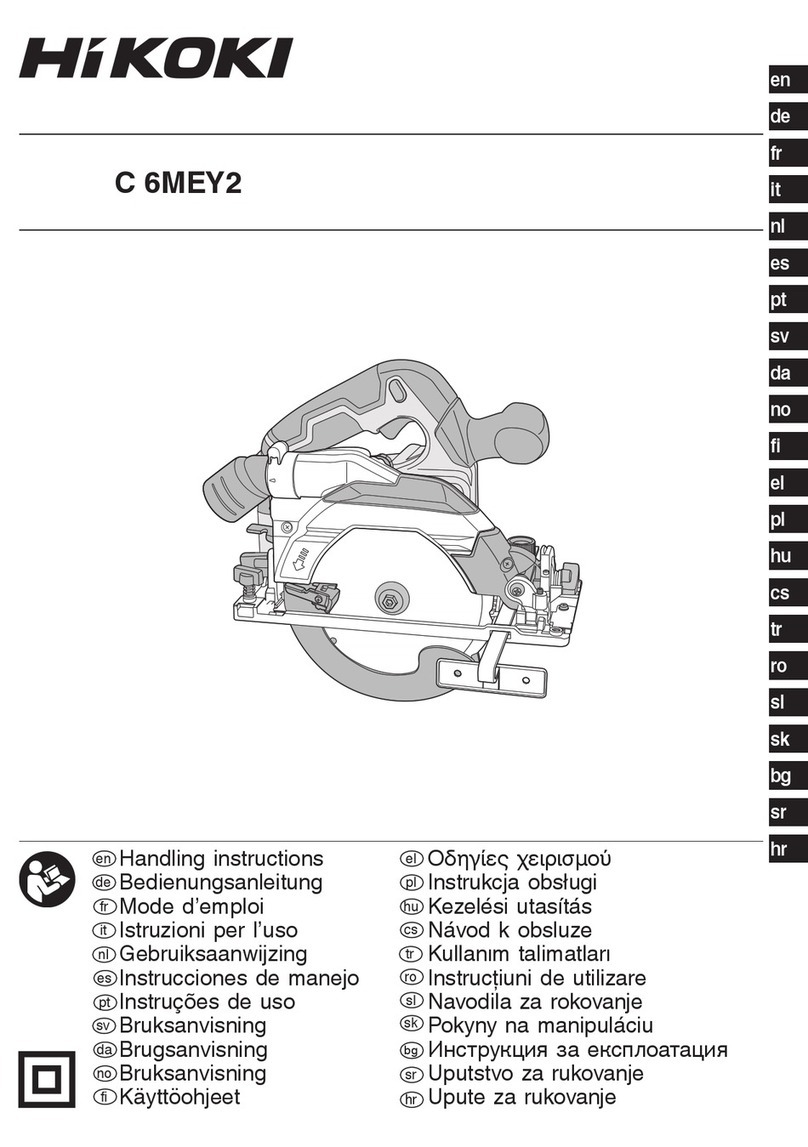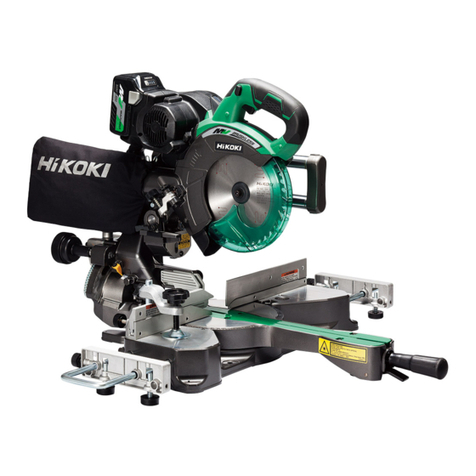HIKOKI C 7U3 User manual
Other HIKOKI Saw manuals

HIKOKI
HIKOKI CB 3612DA User manual
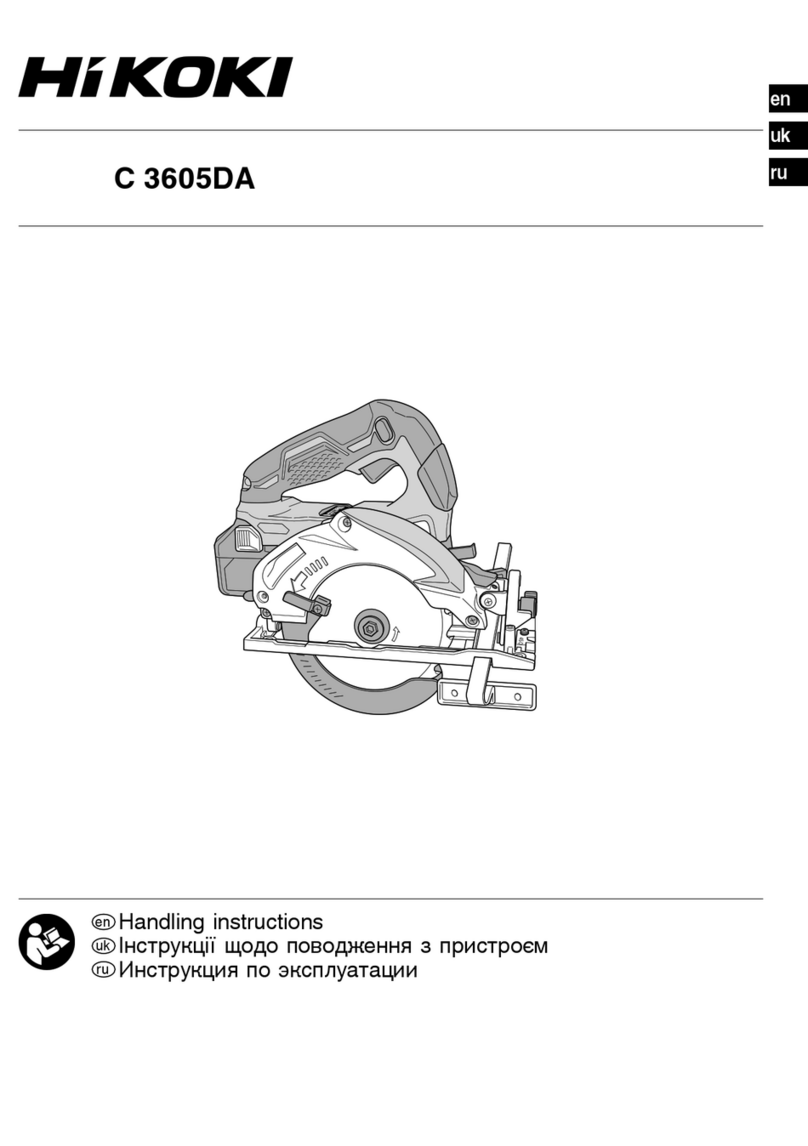
HIKOKI
HIKOKI C 3605DA User manual
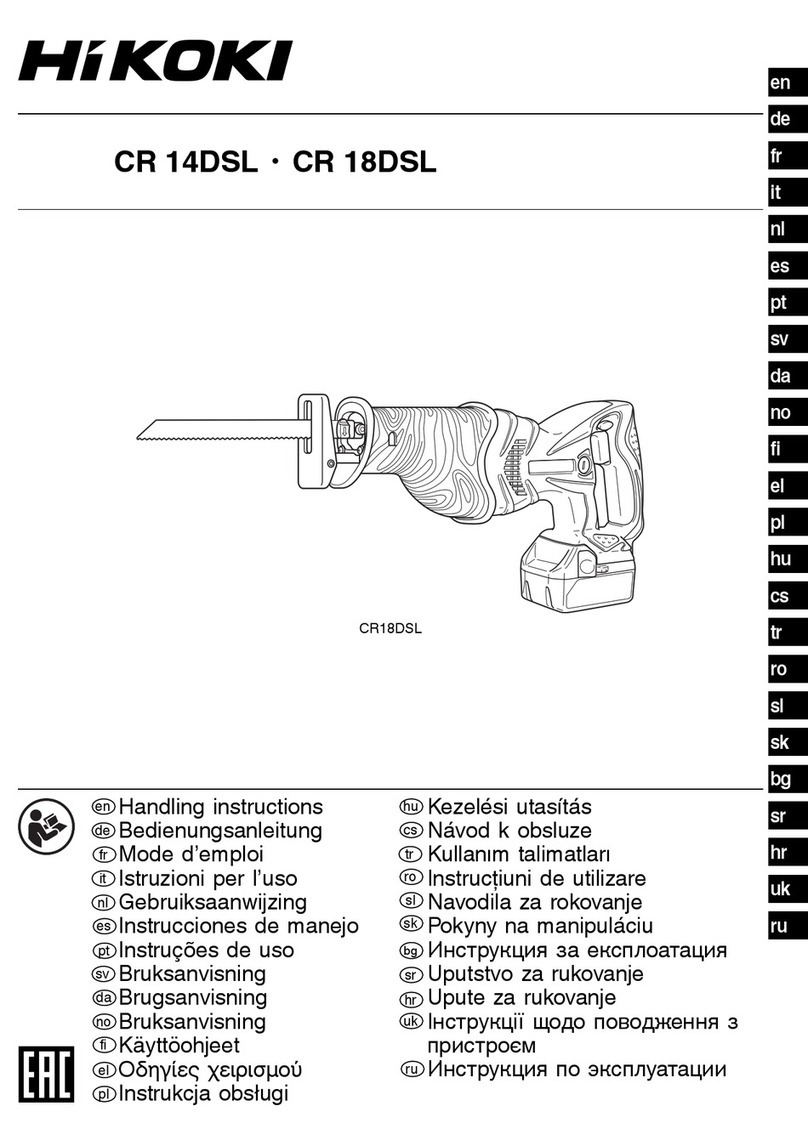
HIKOKI
HIKOKI CR 14DSL CR User manual
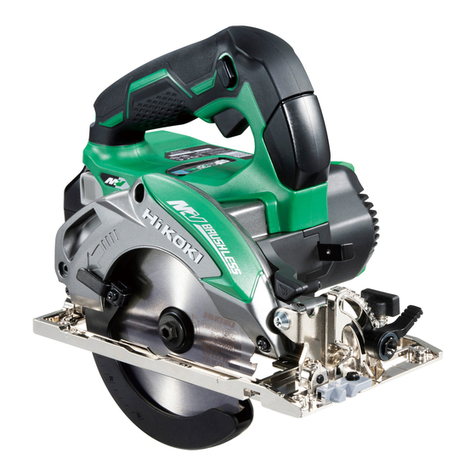
HIKOKI
HIKOKI C 3605DA User manual
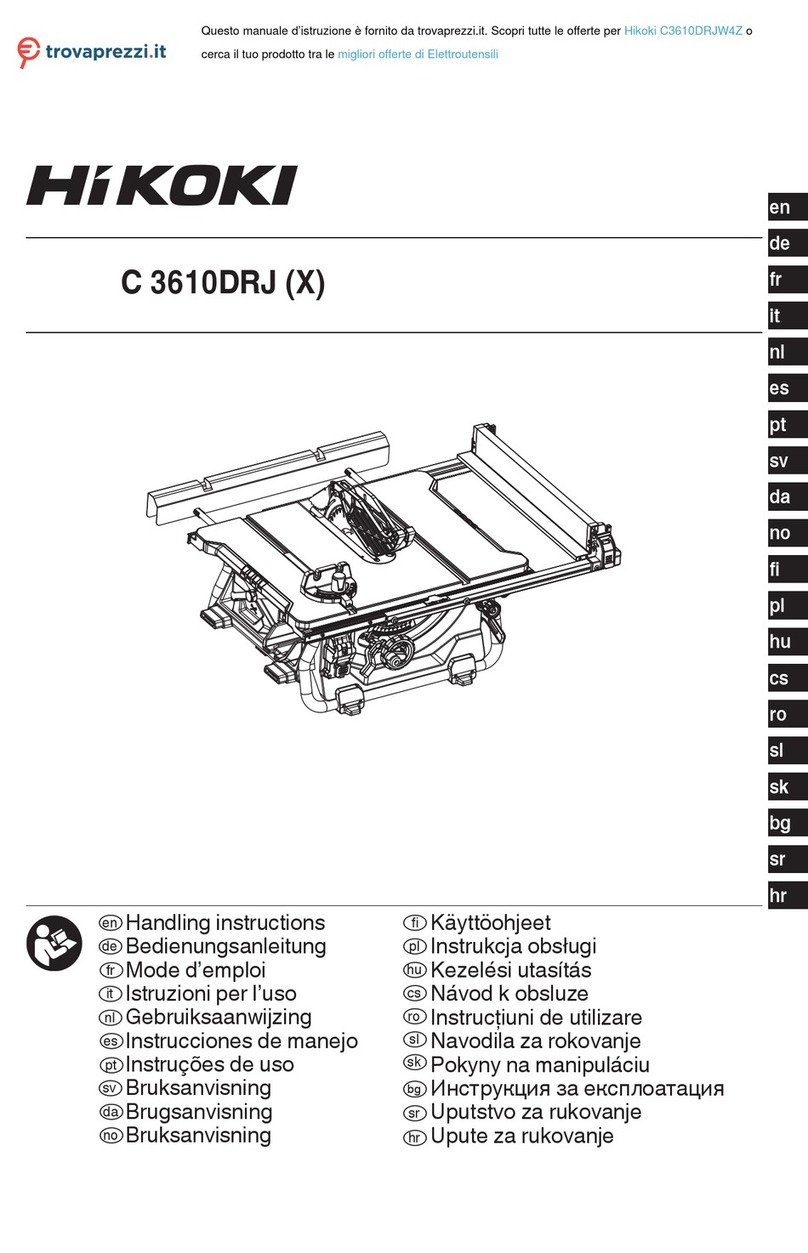
HIKOKI
HIKOKI C3610DRJW4Z User manual
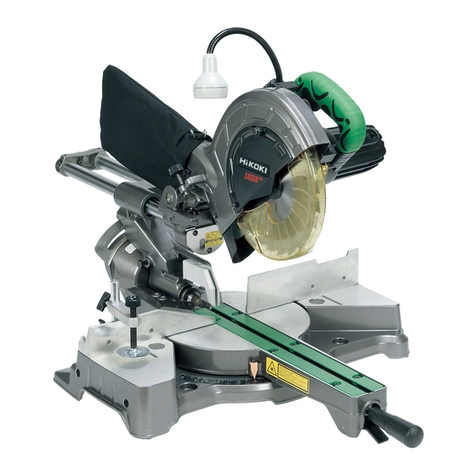
HIKOKI
HIKOKI C8FSHE User manual

HIKOKI
HIKOKI CR 36DA User manual
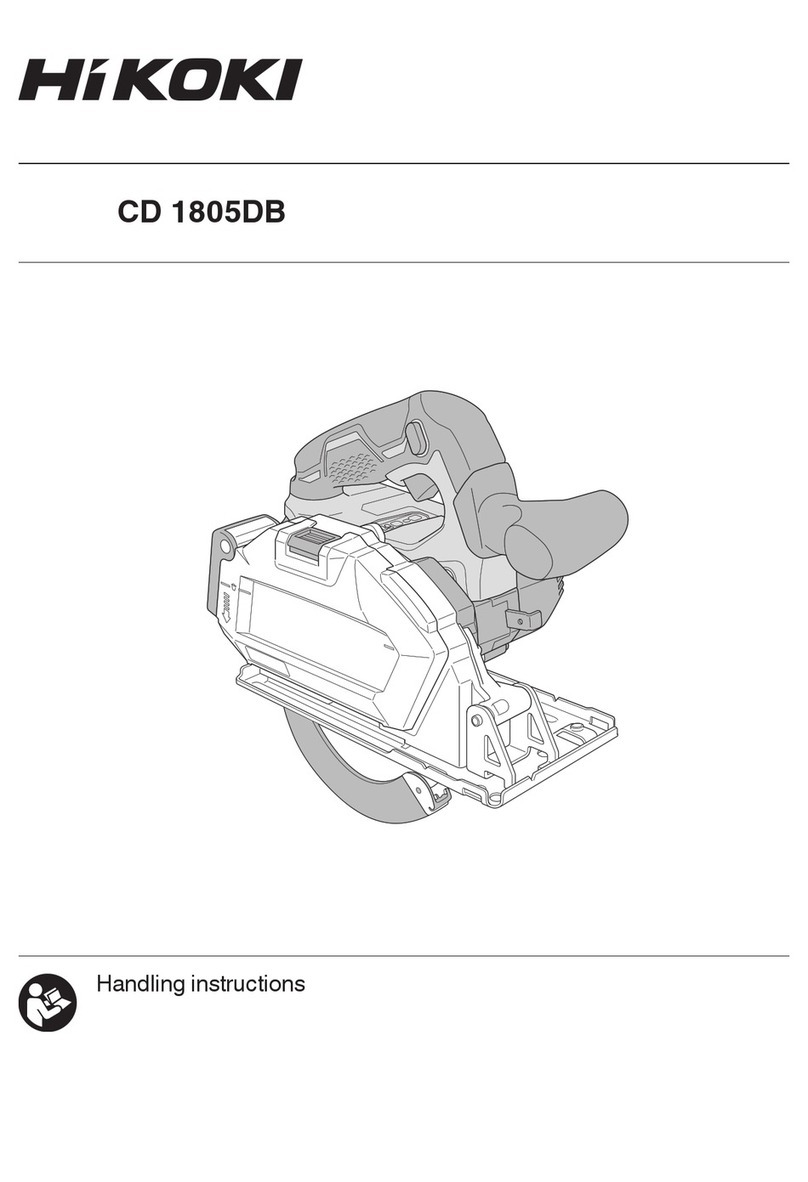
HIKOKI
HIKOKI CD 1805DB User manual
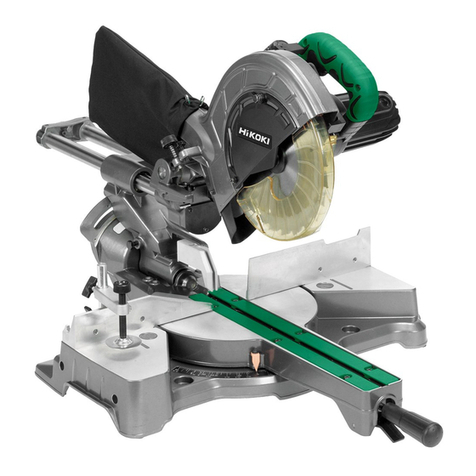
HIKOKI
HIKOKI C8FSHE User manual
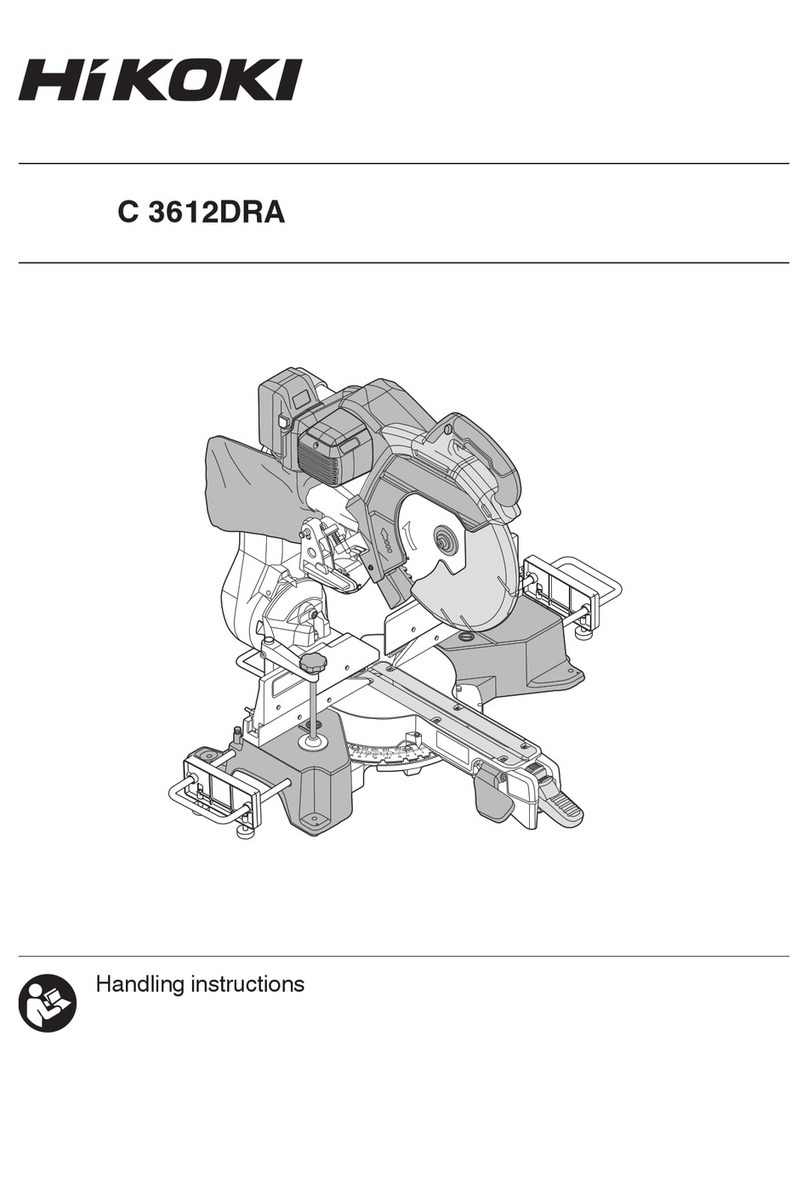
HIKOKI
HIKOKI C 3612DRA User manual
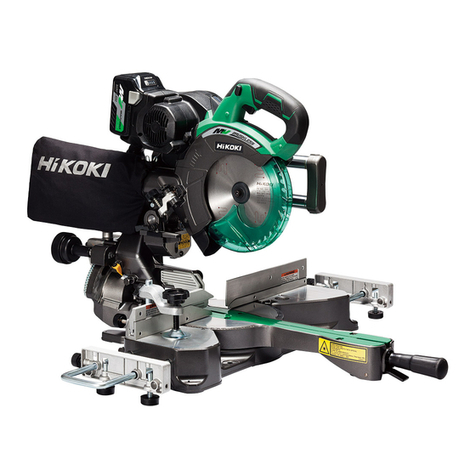
HIKOKI
HIKOKI C3607DRA User manual
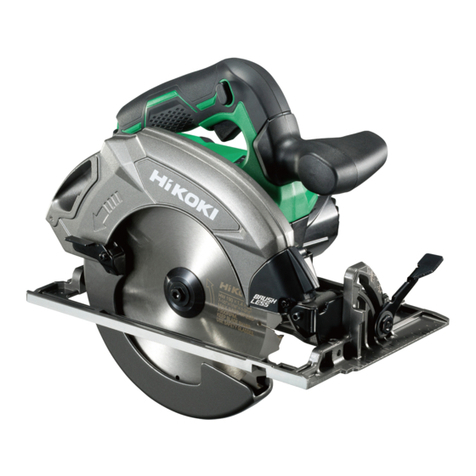
HIKOKI
HIKOKI C1807DA User manual
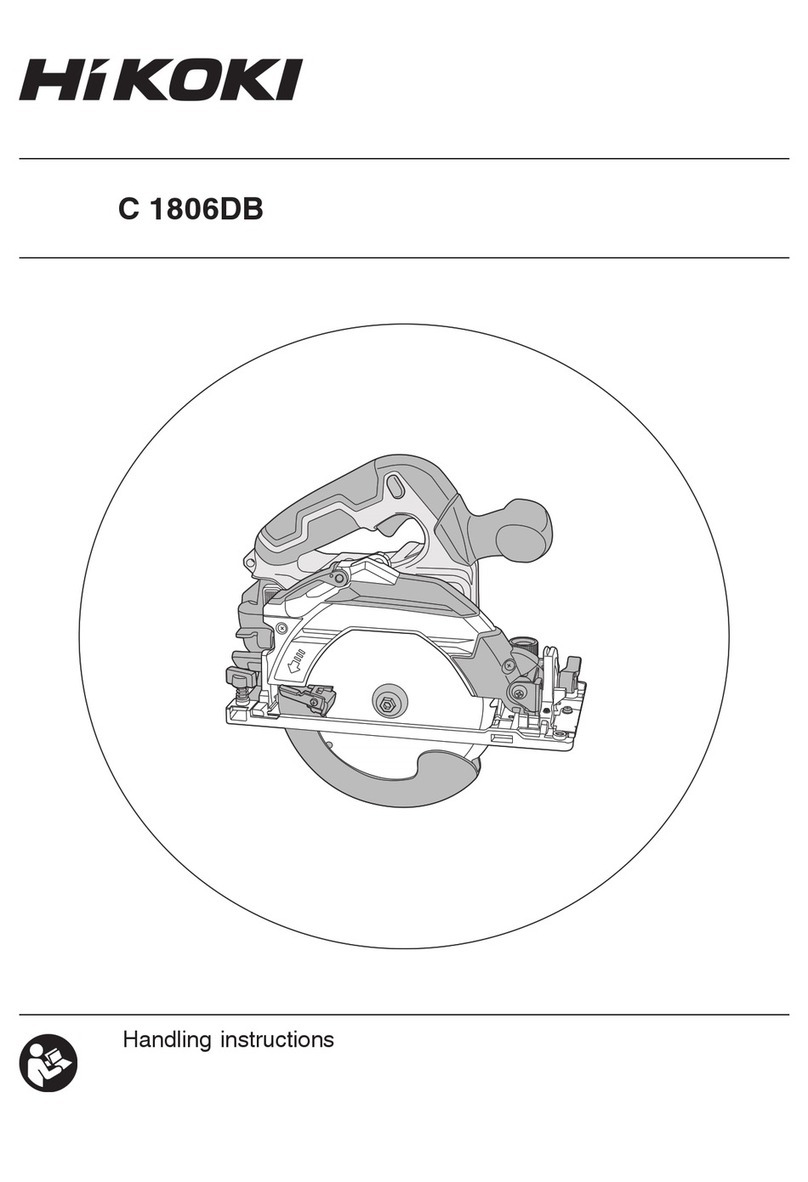
HIKOKI
HIKOKI C1806DB User manual
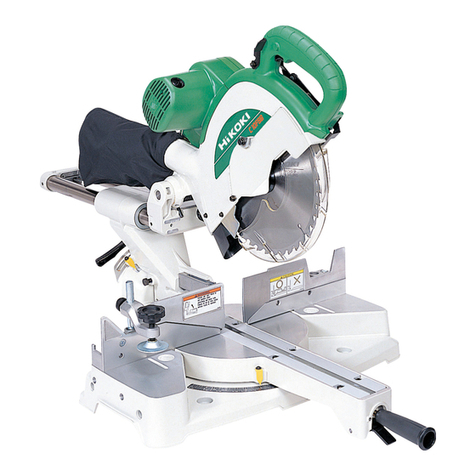
HIKOKI
HIKOKI C10FSH User manual
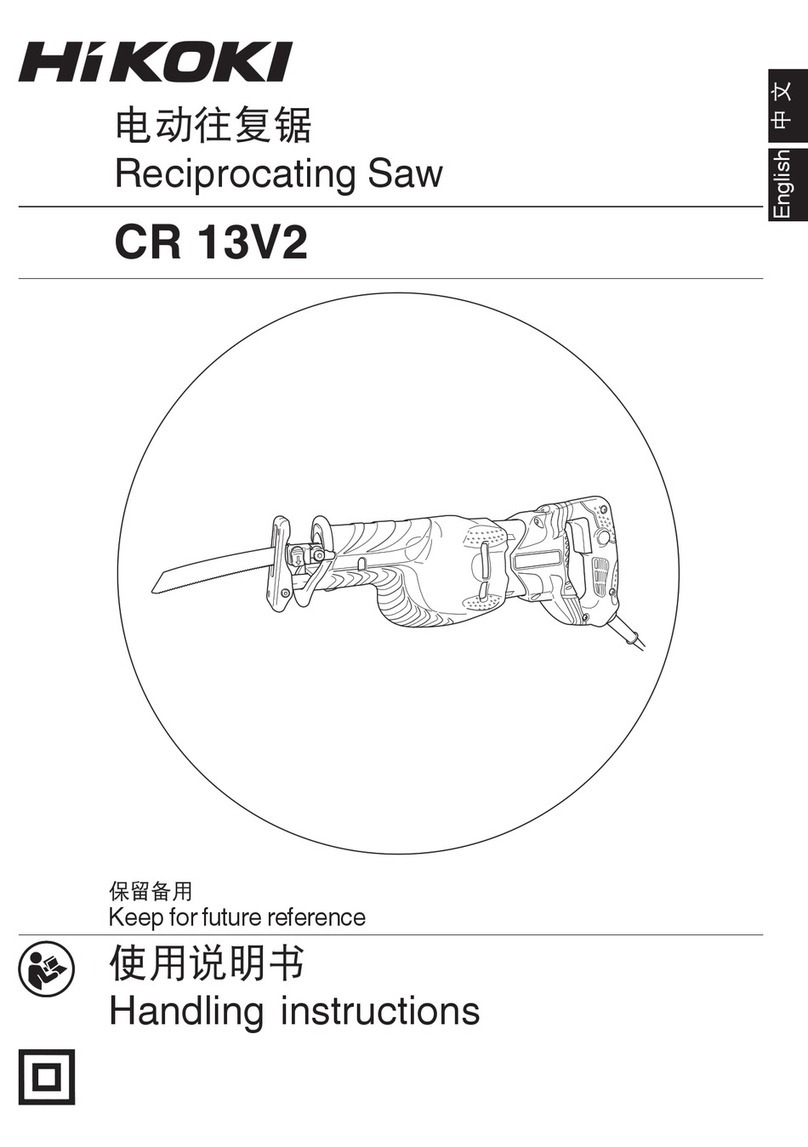
HIKOKI
HIKOKI CR 13V2 User manual
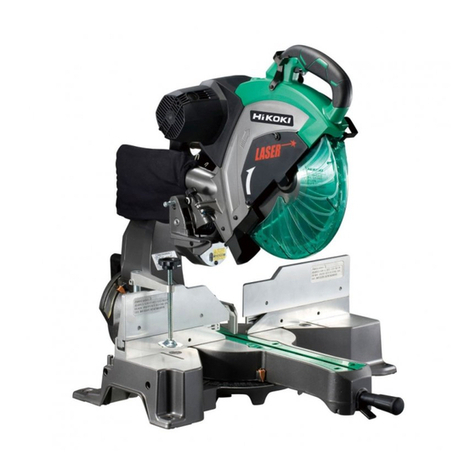
HIKOKI
HIKOKI C 12RSH2 User manual
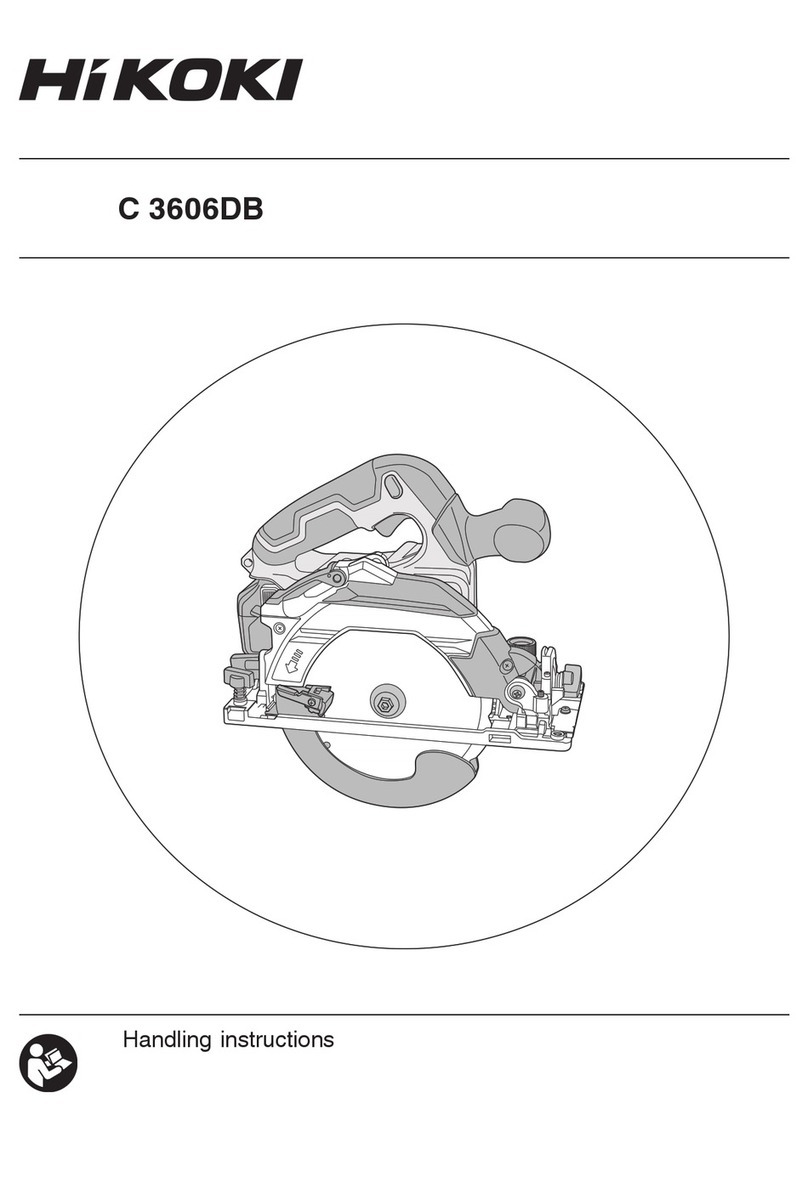
HIKOKI
HIKOKI C 3606DB User manual
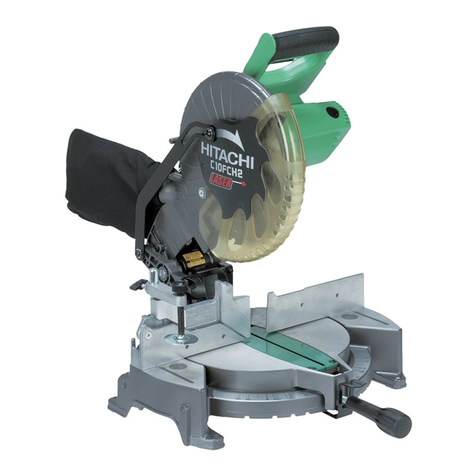
HIKOKI
HIKOKI C 10FCH2 User manual
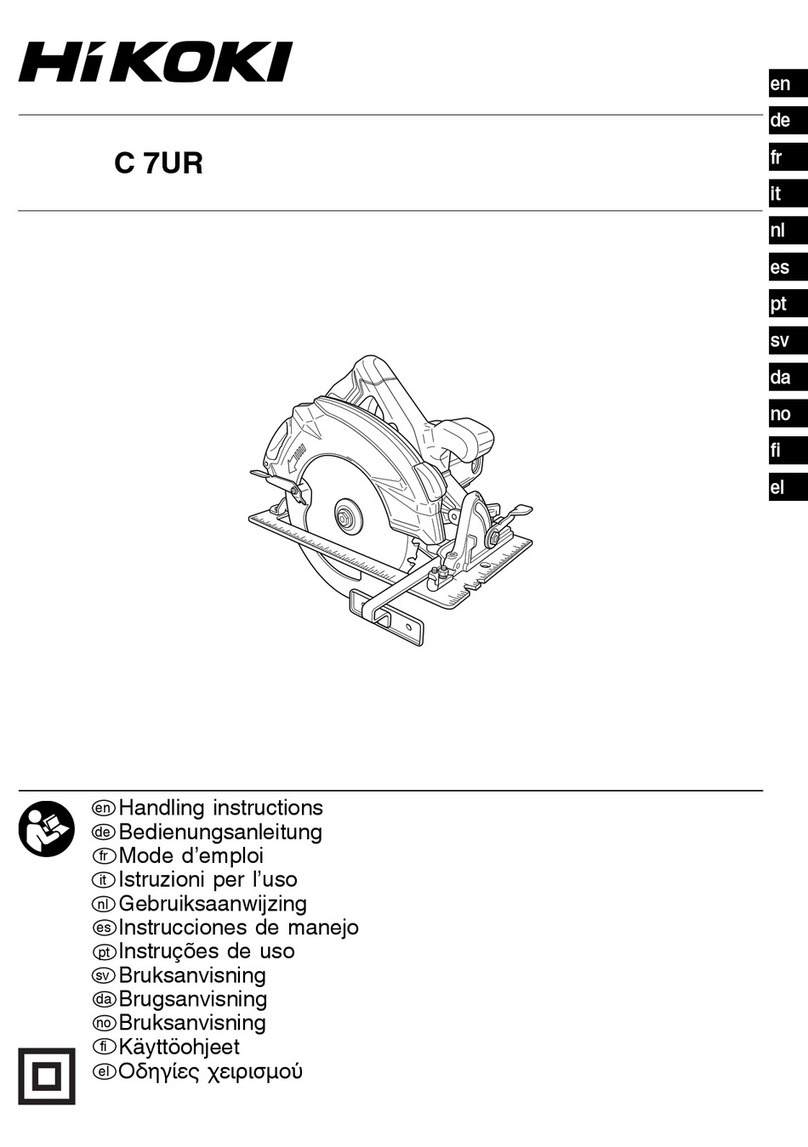
HIKOKI
HIKOKI C 7UR User manual
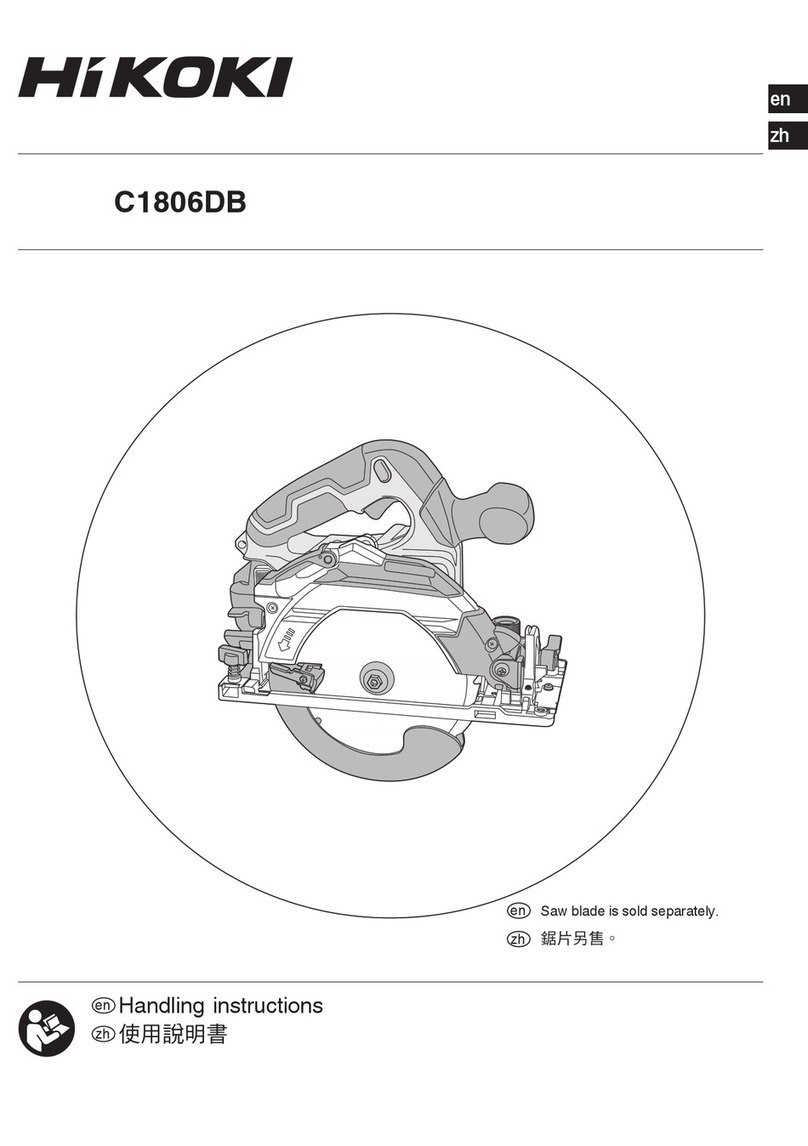
HIKOKI
HIKOKI C1806DB User manual
